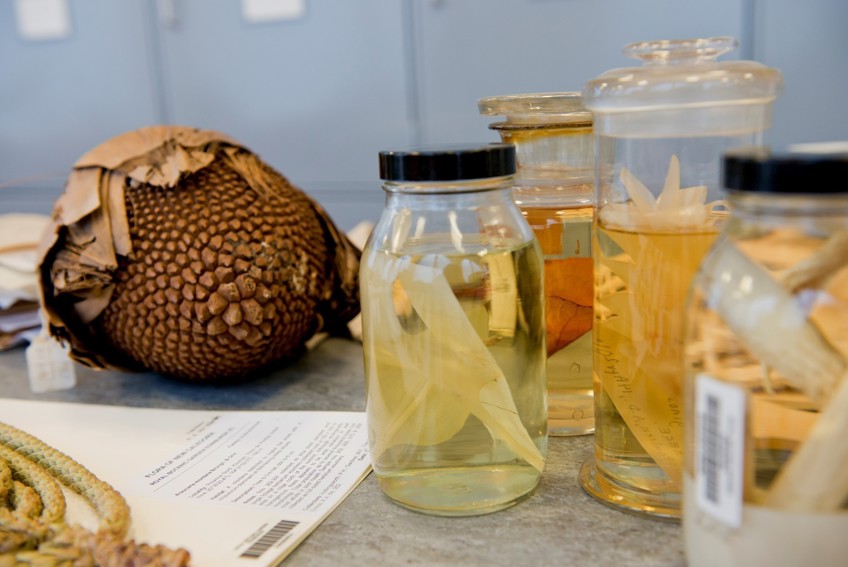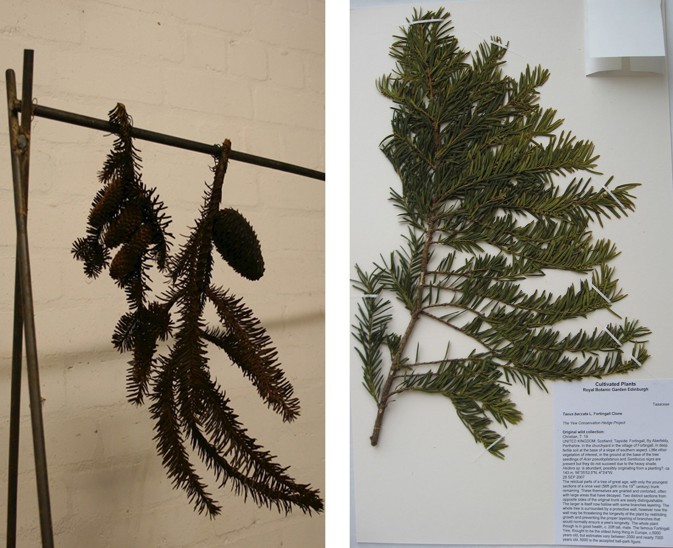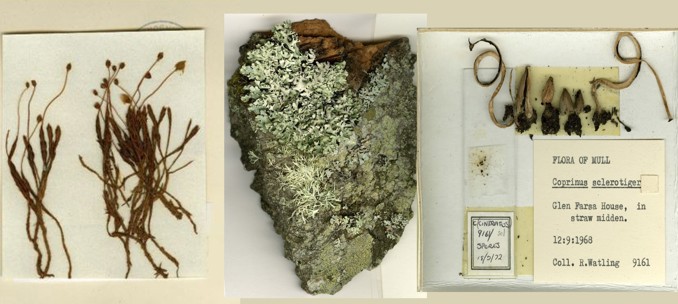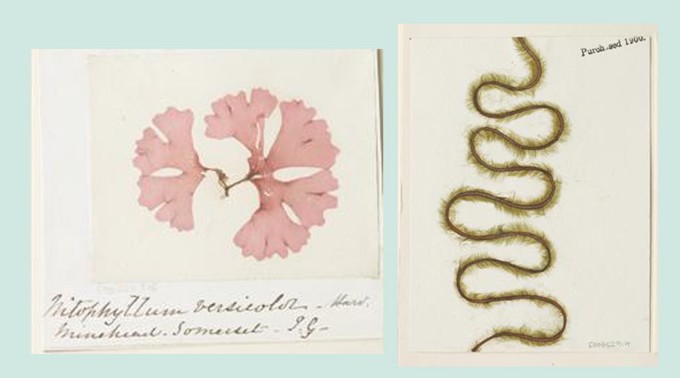Each new plant specimen we add to the Herbarium collection is carefully prepared so that it will remain in good condition for use by future researchers.
Different herbaria use different methods for mounting plant specimens. The sections below outline the methods used at RBGE to prepare:
See also the links in the sidebar.
Flowering plants
At RBGE, dried, pressed plants are glued, taped and stitched to supportive mounting boards, so they are robust enough to withstand repeated handling. The video below shows one of our technicians mounting a specimen.
The mounting board, label paper, capsules, tape and PVA adhesive are all archival quality. White polyester thread is used for stitching. For further information on archival materials see section 2 of RBGE Collections Care: Preparation and Care of Herbarium Specimens (link in the sidebar).





